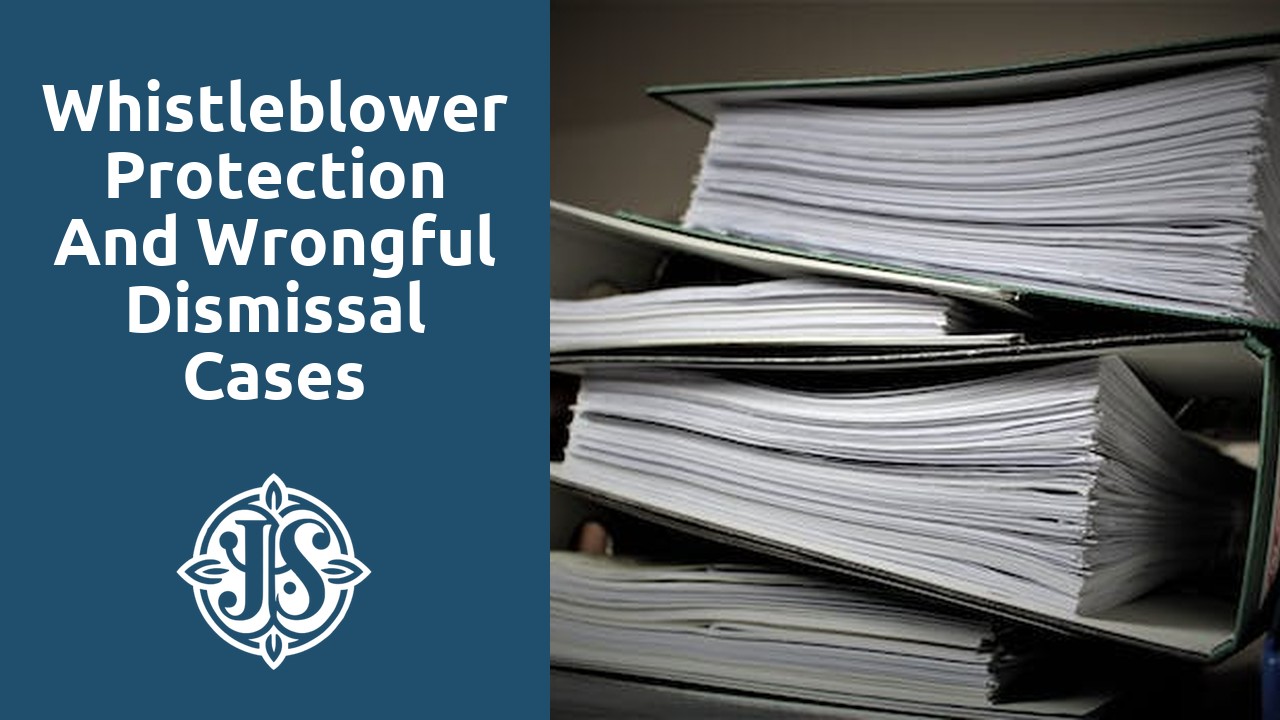Contents
- 1 Understanding the Legal Process: The Basics of Civil Action Lawsuits
- 2 Unraveling the Mechanics of Civil Action Lawsuits
- 3 The Role of Plaintiffs and Defendants in Civil Action Lawsuits
- 4 Navigating the Court System: A Guide to Civil Action Lawsuits
- 5 Breaking Down the Stages of a Civil Action Lawsuit
- 6 Seeking Justice: How Civil Action Lawsuits Hold Wrongdoers Accountable
- 7 FAQS
- 7.1 What is a civil action lawsuit?
- 7.2 What types of cases are considered civil action lawsuits?
- 7.3 Who can file a civil action lawsuit?
- 7.4 What is the purpose of a civil action lawsuit?
- 7.5 How is a civil action lawsuit different from a criminal case?
- 7.6 What is the role of the plaintiff in a civil action lawsuit?
- 7.7 What is the role of the defendant in a civil action lawsuit?
- 7.8 How does a civil action lawsuit progress through the court system?
- 7.9 What is the importance of seeking legal representation in a civil action lawsuit?
- 7.10 Can a civil action lawsuit be settled before going to trial?
- 7.11 What happens if a plaintiff wins a civil action lawsuit?
- 7.12 What happens if a defendant wins a civil action lawsuit?
Understanding the Legal Process: The Basics of Civil Action Lawsuits
A civil action lawsuit is a legal process in which one party, known as the plaintiff, files a complaint against another party, called the defendant, seeking compensation for harm or damages caused. These cases typically involve disputes between individuals or organizations and can cover a broad range of issues, including personal injury, property damage, contract disputes, or even matters like defamation or discrimination. Civil action lawsuits are distinct from criminal cases, as the objective is not to punish the defendant but to provide a remedy or resolution for the plaintiff.
The first step in a civil action lawsuit is the filing of a complaint by the plaintiff, detailing the allegations and the relief sought. Once the complaint is filed, it is served to the defendant, who is then given a specific period to respond. The defendant may choose to file a formal answer or seek to have the lawsuit dismissed if they believe there is no valid claim. In some cases, the defendant may also file a counterclaim against the plaintiff, alleging their own grievances. After the initial pleadings, the case enters the discovery phase, where both parties gather evidence, exchange relevant information, and may engage in negotiations or mediation to resolve the dispute before proceeding to trial.
Unraveling the Mechanics of Civil Action Lawsuits
In unraveling the mechanics of civil action lawsuits, it is important to understand the fundamental components that make up this legal process. Civil action lawsuits are a mechanism by which individuals or entities can seek compensation for harm or damage caused by another party. These lawsuits generally arise from disagreements or disputes that cannot be resolved through negotiation or mediation, and instead require the intervention of the court system.
The mechanics of a civil action lawsuit begin with the filing of a complaint by the plaintiff. This complaint outlines the allegations against the defendant and requests a specific remedy or compensation for the harm caused. Once the complaint is filed, the defendant is served with a copy and is given an opportunity to respond through an answer or a motion to dismiss. The parties then engage in a process called discovery, where information related to the case is exchanged, including documents, witness statements, and other evidence. This process helps both parties build their cases and evaluates the strengths and weaknesses of their respective claims.
The Role of Plaintiffs and Defendants in Civil Action Lawsuits
In civil action lawsuits, the role of plaintiffs and defendants is crucial in determining the outcome of the case. The plaintiff is the party who initiates the lawsuit and brings a legal action against another party, known as the defendant. The plaintiff is responsible for presenting evidence and arguments to prove their case and seek compensation or other remedies. They have the burden of proof, meaning they must establish the facts and legal elements necessary to win the lawsuit.
On the other hand, the defendant is the party against whom the lawsuit is brought. Their role is to defend themselves against the claims made by the plaintiff. The defendant has the right to respond to the allegations and present their own evidence and arguments to refute the claims. It is the defendant’s responsibility to challenge the plaintiff’s case and raise any legal defenses that may exist. Ultimately, the defendant’s objective is to convince the court that they are not liable or responsible for the harm alleged by the plaintiff.
When navigating the court system, it is important to understand the basic steps involved in a civil action lawsuit. The first step is the filing of the complaint, which is a document that outlines the plaintiff’s claims against the defendant. The complaint must be served to the defendant, who then has the opportunity to respond with an answer. Once the complaint and answer have been filed, the parties may engage in pre-trial activities such as conducting discovery and attempting to reach a settlement. If a settlement is not reached, the case proceeds to trial where the evidence is presented and a judge or jury determines the outcome.
During the trial, each side presents their case through the introduction of evidence and examination of witnesses. The judge or jury then deliberates and reaches a decision based on the evidence presented. If the plaintiff is successful in proving their case, the court may award them damages or other relief, depending on the nature of the claims. However, if the defendant prevails and is found not liable, the plaintiff receives no compensation. It is important to note that the court’s decision can be appealed by either party, further prolonging the legal process.
Breaking Down the Stages of a Civil Action Lawsuit
In a civil action lawsuit, there are several distinct stages that take place. These stages are designed to ensure a fair and efficient legal process for both plaintiffs and defendants involved in the case. The first stage is known as the pleading stage, where the plaintiff files a complaint outlining their claims against the defendant. The defendant then responds with an answer, either admitting or denying the allegations.
Once the pleadings are complete, the case moves into the discovery stage. During this stage, both parties exchange relevant information and evidence to build their respective cases. This can include documents, witness testimonies, and expert opinions. The purpose of discovery is to promote transparency and encourage a thorough examination of the facts. After discovery, the case may proceed to settlement negotiations or, if a resolution cannot be reached, to trial.
Seeking Justice: How Civil Action Lawsuits Hold Wrongdoers Accountable
In the pursuit of justice, civil action lawsuits play a vital role in holding wrongdoers accountable for their actions. A civil action lawsuit is a legal process initiated by a plaintiff against a defendant seeking compensation for harm or damages caused. By bringing a civil action lawsuit, individuals or entities harmed by someone else’s negligence, wrongdoing, or breach of contract can seek justice through the court system.
In these lawsuits, plaintiffs are the ones who initiate the legal proceedings, while defendants are the ones facing the allegations and defending their actions in court. The burden of proof lies on the plaintiff, who must provide evidence to support their claims and convince the court that the defendant is responsible for the harm or damages. Through this process, civil action lawsuits aim to right the wrongs committed, provide compensation to the injured party, and deter future wrongdoing by holding individuals and entities accountable for their actions.
FAQS
What is a civil action lawsuit?
A civil action lawsuit is a legal process in which a plaintiff seeks compensation for damages or relief from a defendant through the court system.
What types of cases are considered civil action lawsuits?
Civil action lawsuits cover a wide range of cases, including personal injury, breach of contract, employment disputes, property disputes, and more.
Who can file a civil action lawsuit?
Any individual or entity that has been harmed or suffered damages can file a civil action lawsuit. This includes individuals, businesses, organizations, and government entities.
What is the purpose of a civil action lawsuit?
The purpose of a civil action lawsuit is to seek justice and hold wrongdoers accountable by obtaining compensation for damages, resolving disputes, and enforcing legal rights.
How is a civil action lawsuit different from a criminal case?
A civil action lawsuit is a private legal matter between two parties seeking compensation or resolution, whereas a criminal case involves the prosecution of an individual by the government for violating a criminal law.
What is the role of the plaintiff in a civil action lawsuit?
The plaintiff is the party who initiates the lawsuit by filing a complaint, seeking compensation or relief from the defendant for the harm or damages they have suffered.
What is the role of the defendant in a civil action lawsuit?
The defendant is the party against whom the lawsuit is filed. They are responsible for responding to the complaint and defending themselves against the allegations made by the plaintiff.
How does a civil action lawsuit progress through the court system?
A civil action lawsuit typically progresses through various stages, including filing a complaint, discovery, settlement negotiations, trial, and potential appeals.
What is the importance of seeking legal representation in a civil action lawsuit?
Seeking legal representation is crucial in a civil action lawsuit as it provides expertise, guidance, and ensures that your rights are protected throughout the legal process.
Can a civil action lawsuit be settled before going to trial?
Yes, it is common for civil action lawsuits to be settled through negotiations between the parties involved, avoiding the need for a trial. Settlements can occur at any stage of the legal process.
What happens if a plaintiff wins a civil action lawsuit?
If the plaintiff is successful in proving their case, the court may order the defendant to pay compensation for damages, fulfill specific obligations, or provide appropriate relief as determined by the court.
What happens if a defendant wins a civil action lawsuit?
If the defendant successfully defends against the plaintiff’s claims, the court may dismiss the case, ruling in favor of the defendant, and the plaintiff will not receive any compensation or relief.




